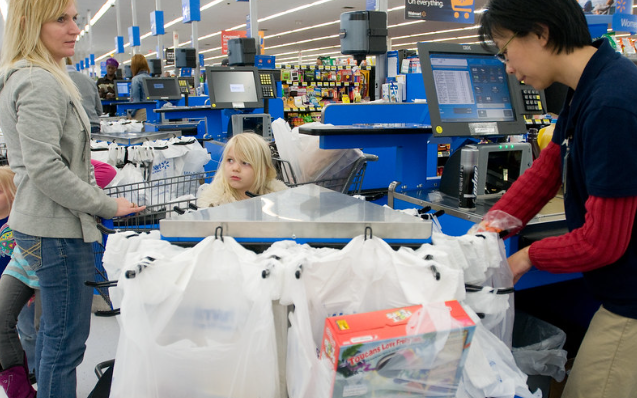As British Columbia heads towards the holiday season, residents of the province are paying attention to how they spend money. We have all witnessed wild fluctuations in the price of gas, but another area where British Columbians are clearly noticing changes is food.
More than four in five British Columbians (82 per cent) told Research Co. and Glacier Media that the price of groceries has increased over the past two months. About seven in 10 feel the same way about dinner at a restaurant (71 per cent) and lunch at a restaurant (69 per cent). Almost half (49 per cent) also say the cost of food delivery is higher now than it was in September.
There is a generational gap on the question related to food delivery. The level of undecideds is significantly higher among British Columbians aged 55 and over (47 per cent) than among their counterparts aged 35 to 54 (20 per cent) and aged 18 to 34 (seven per cent). Younger adults, who are more likely to rely on food delivery, are quicker to notice higher prices.
On issues such as meals outside the home and supermarket visits, women are significantly more likely than men to have witnessed increases in food prices. In every region of British Columbia, most residents are feeling the pinch.
As expected, British Columbians are taking steps to ensure that financial commitments are made. This includes cutting back on expenditures. Almost two-thirds of the province’s residents (64 per cent) are not dining out on weekends as much as they did two months ago, and just over three in five (61 per cent) are not buying lunch or going out to lunch on a weekday as much as they did in September.
Majorities of British Columbians have also cut back on treats (59 per cent) and visits to coffee shops (56 per cent). Again, women are particularly adamant on the need to save money, while men appear to be slightly less cautious.
More than two in five British Columbians (44 per cent) say they have switched packaged food brands to lower priced alternatives over the past two months. The proportions in this particular issue climb to 51 per cent in northern B.C. and 47 per cent in both Vancouver Island and the Fraser Valley. A sizable number of residents are looking for bargains when they visit the grocery store.
Only 14 per cent of British Columbians say they have not altered their spending patterns on any of these five categories since September. These results are particularly troubling for the services industry, which was hoping to emerge from the lean years of the COVID-19 pandemic by welcoming residents with disposable income.
The monetary sacrifices that British Columbians are making as a result of inflationary concerns are having an impact on nutrition. More than three in five (61 per cent) say their diet has been healthy over the past two months, while one third (34 per cent) concede that it has not been.
British Columbians aged 35 to 54 are more likely to acknowledge setbacks in following a heathy diet (38 per cent) than their younger and older counterparts (34 per cent and 32 per cent, respectively). Regionally, the struggle is harder in Vancouver Island (40 per cent), followed by southern B.C. (37 per cent), Metro Vancouver (34 per cent), the Fraser Valley (32 per cent) and northern B.C. (28 per cent).
Purchasing power has a lot to do with the way our diets are going. British Columbians in the low and middle-income bracket are more likely to admit that their diet is not fantastic right now (43 per cent and 41 per cent, respectively) than their counterparts in the highest bracket (29 per cent).
When we asked those British Columbians whose nutrition is less than stellar what is holding them back, more than three in five (61 per cent) say they are unable to afford healthier foods – a proportion that jumps to 79 per cent among those in the lowest income bracket.
Other reasons cited by the province’s residents for the complexities of nutrition include stress and the pressures of daily life getting in the way (66 per cent), difficulty in making lifestyle changes (38 per cent), lack of time for food preparation at home (33 per cent) and lack of time to buy groceries (15 per cent).
It is clear that the food security of some British Columbians has been negatively impacted over the past two months. Most are making sacrifices to make ends meet, including abandoning visits to restaurants and switching to low-cost options at the supermarket. At this point, money and the stress of life are the main reasons preventing British Columbians from observing a more nutritious diet.
Mario Canseco is president of Research Co.
Results are based on an online study conducted from November 6 to November 8, 2022, among 800 adults in British Columbia. The data has been statistically weighted according to Canadian census figures for age, gender and region in British Columbia. The margin of error, which measures sample variability, is plus or minus 3.5 percentage points, 19 times out of 20.


.jpg;w=120;h=80;mode=crop)
